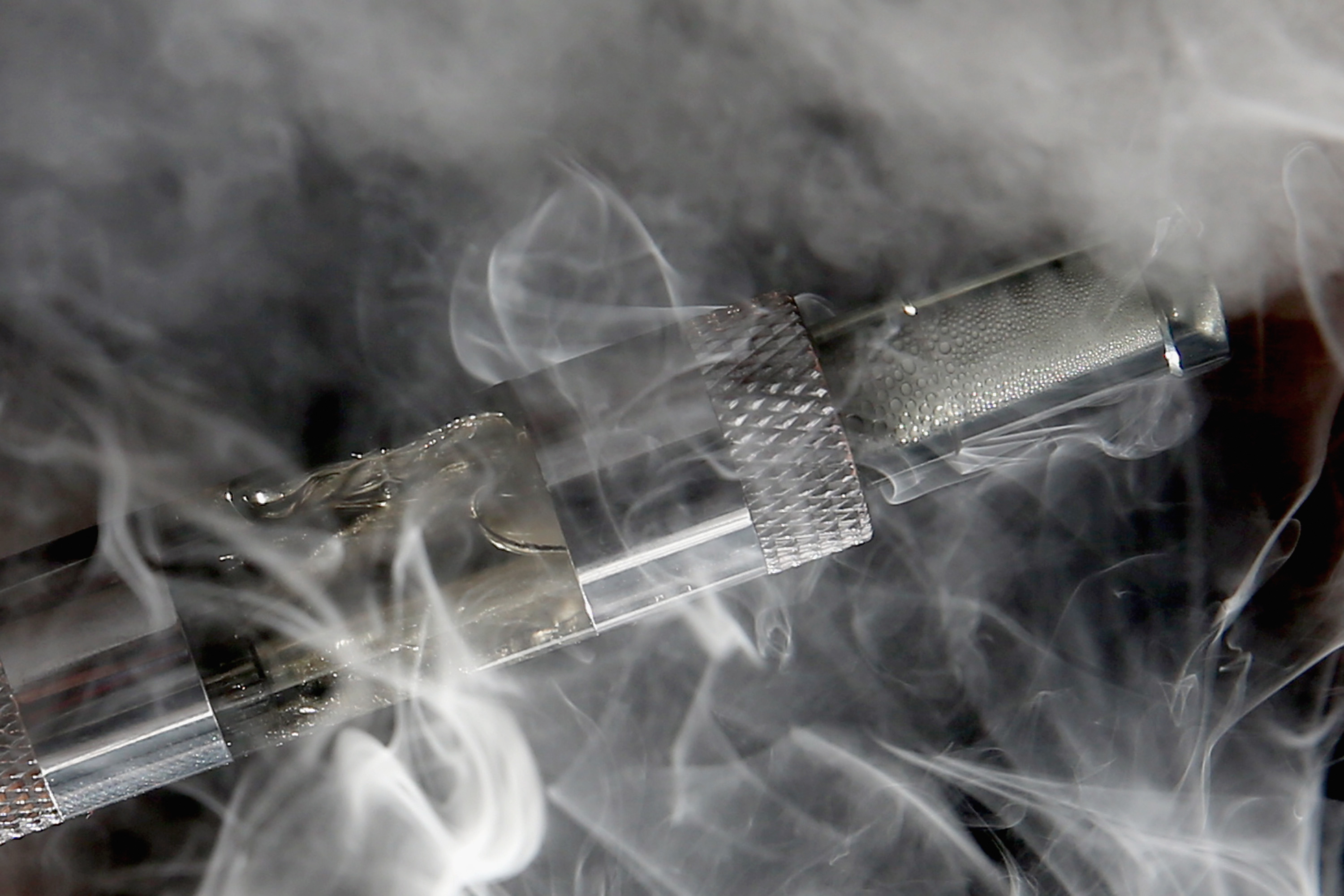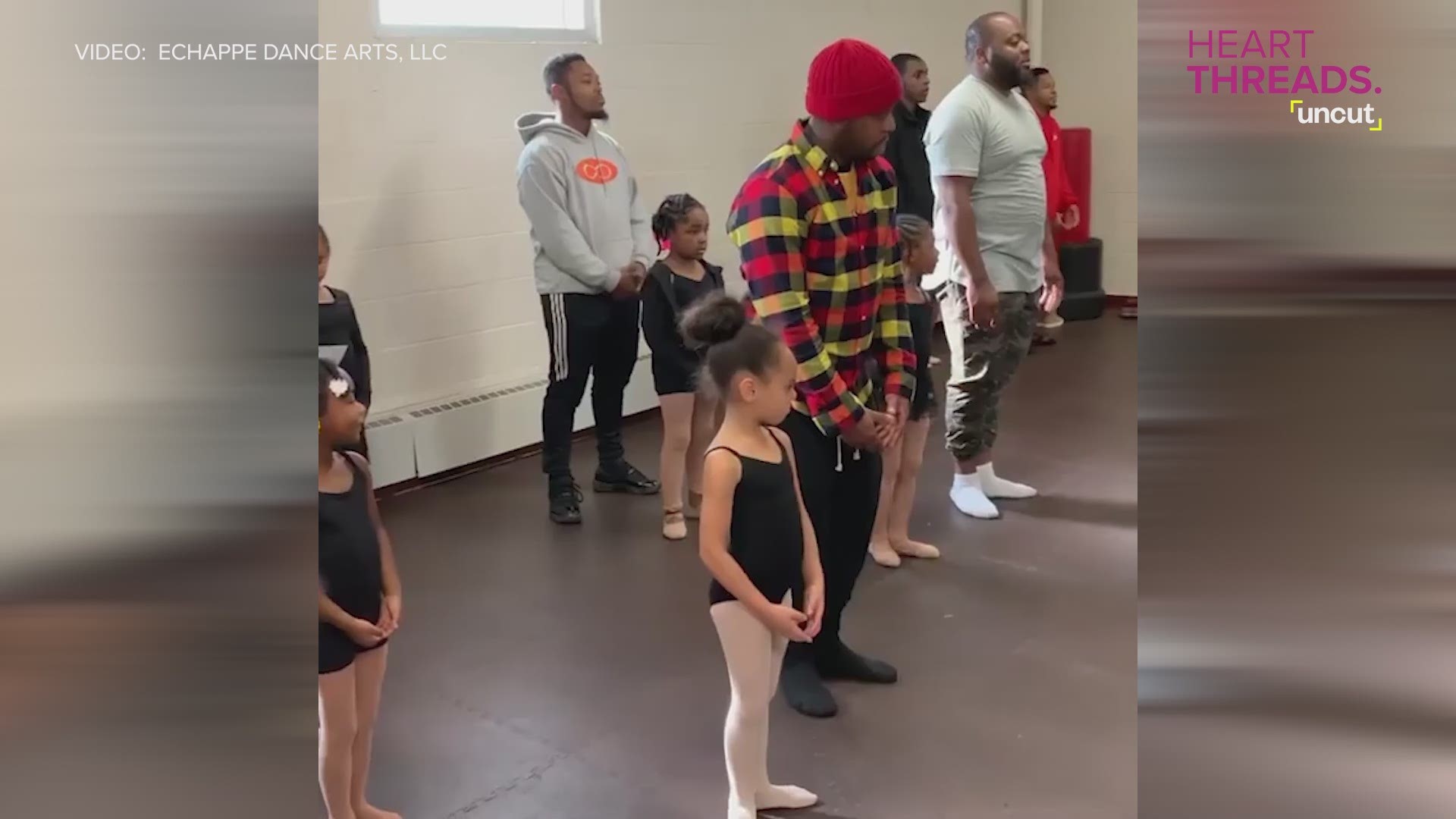![ecig[ID=15411785] ID=15411785](http://www.gannett-cdn.com/-mm-/1319cc324f9d27f1498da34d7d1f8c1e745211ec/c=468-0-2808-1998/local/-/media/KSDK/KSDK/2014/09/10/1410384623000-ecig.jpg) Note: This story originally appeared on NBCnews.com.
Note: This story originally appeared on NBCnews.com.
High school students have found a creative new use for e-cigarettes, researchers reported Monday. They're a low-profile way to smoke cannabis.
The battery-powered devices let students sneak cannabis, and they might also be delivering a very powerful dose of the drug, the researchers report in the journal Pediatrics.
"This is a relatively novel way of using marijuana, and kids are using it at a fairly high rate," said Meghan Morean, an assistant professor of psychology at Oberlin College in Ohio, who conducted the research at Yale University.
"The smell of vaping marijuana isn't as strong as smoking it, plus the similarity in appearance of hash oil and nicotine solutions make this a really inconspicuous way of using marijuana," Morean said in a statement.
![Yale University researchers [ID=71834480] [ID=71834480]](/Portals/_default/Skins/PrestoLegacy/CommonCss/images/pullquote.jpg) Morean and colleagues surveyed more than 3,800 students at five Connecticut high schools for their report.
Morean and colleagues surveyed more than 3,800 students at five Connecticut high schools for their report.
They found a surprising number of the kids admitted to having tried marijuana or hashish — close to 30 percent. And just under 19 percent said they'd used both cannabis and e-cigarettes.
"To better understand how students were using e-cigarettes or other portable vaporizing devices to vaporize cannabis, we asked students, 'Which of the following have you used to smoke marijuana?'" the researchers wrote.
"Answer choices included 'e-cigarettes filled with hash oil,' 'e-cigarettes filled with a wax plug,' 'portable vaporizers filled with dried marijuana (like a G-pen),' and 'other.' Students could select as many options as were applicable."
About 15 percent of cannabis users said they'd used hash oil in an e-cigarette device, and 3 percent said they'd used THC-infused wax.
Five percent of the students said they had used e-cigarettes to "vape" marijuana or hash, and more than a quarter of the students who said they'd used both marijuana and e-cigarettes at some time said they'd used them together.
"Also of concern, the THC concentrations of vaporized hash oil and waxes can exceed that of dried cannabis by four to 30 times," the researchers noted.
"The results of this study provide important evidence that high school students are using e-cigarettes to vaporize cannabis."
Dr. David Tinkelman, medical director of Health Initiatives at National Jewish Health in Denver, says it's worrying because the devices make it so easy to smoke cannabis.
"It's easy to use, it's easy to load, it's easy to clean and reuse," he told NBC News.
"It doesn't produce an odor. What this has done is it's enabled children to use marijuana in a way that's less detectable, so their fear of getting caught has gone down," he said. "And that's a big deal. Once you remove that fear of getting punished, they're going to experiment more."
The researchers don't know how representative their study is of the whole country, since they chose only a handful of high schools in a single state. But they said they tried hard to find diverse populations, rich and poor.
"I think we need more evidence on this, not just from other high schools in Connecticut," said Dr. Suchitra Krishnan-Sarin, a professor of psychiatry at the Yale University School of Medicine, who oversaw the study.
"We also need evidence, similar evidence from other states in the U.S., especially states in which marijuana is legal," she said. "It would be interesting to see if rates differ in terms of how teens are using this product."
Tinkelman said having nearly 4,000 people in the survey made it a powerful study.
Other studies have shown that e-cigarettes are increasingly popular among teens, who may believe their use makes them look cool. And studies have found that teens who try "vaping" are more likely to try real tobacco.
Studies also show that marijuana can affect the developing teen brain. One found that teenagers who use marijuana heavily grow up to have poor memories and also have brain abnormalities.
"I think the take-home message for parents is to be very observant of your children," Tinkelman advised.
"You are not going to see them when they are at school or when with they are with their friends, but you can observe how your child is when they come back into the house," he added.
"You can tell whether your children are acting in a way that may be different. They may not be acting in an inappropriate way, but they may be different. And you want to be vigilant about it."


